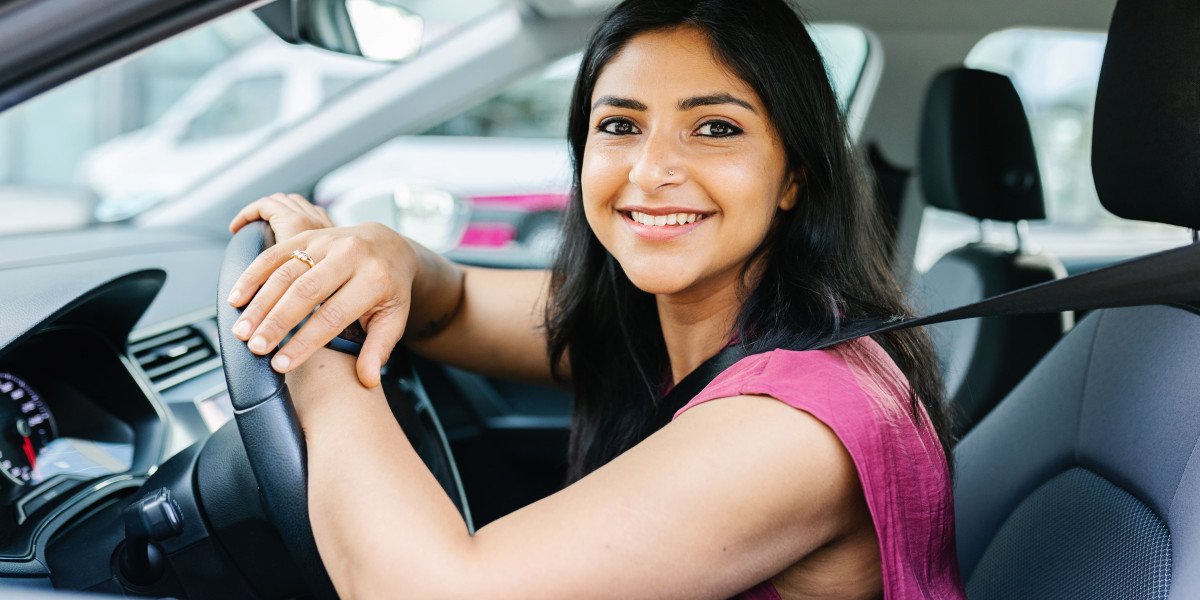Understanding the UK Driving Licence: A Comprehensive Guide
The UK driving licence is an essential file for those wishing to operate a motor lorry on public roads. It not only serves as proof of identity but likewise signifies that the holder has actually met the legal requirements and requirements required for safe driving. This short article looks into the numerous elements of getting, preserving, and comprehending a UK driving licence, as well as addressing typical queries and issues.
Types of UK Driving Licences
The UK driving licence can be found in different classifications based upon the kind of car one wants to run. Comprehending these classifications is important for anyone preparation to get behind the wheel. Here are the primary types of licences offered:

- Provisional Licence: Upon turning 17, individuals can make an application for a provisionary licence, enabling them to practice driving under particular conditions.
- Complete Licence: After successfully passing the driving test, drivers are awarded a complete UK driving licence, enabling them to drive individually.
- Special Licences: These licences accommodate specific lorry types or conditions, including:
- Motorcycle Licences: For riders of motorbikes, divided into categories like A1, A2, and A, depending upon engine size and power.
- Business Licences: For people driving cars for hire or reward, consisting of buses and heavy products automobiles (HGVs).
Obtaining a UK Driving Licence
Getting a UK driving licence involves a structured process created to guarantee that all drivers have the essential skills and knowledge. Here's a detailed breakdown:
Step 1: Applying for a Provisional Licence
- Eligibility: Applicants must be at least 17 years of ages.
- Documents Needed: Proof of identity, such as a passport or national ID, and a current passport-sized photo.
- Application: Applications can be sent online through the DVLA (Driver and Vehicle Licensing Agency) site or by post.
Step 2: Theory Test
When the provisionary licence is acquired, the next action is to take the theory test.
- Structure: The theory test makes up two parts: multiple-choice concerns and a danger understanding area.
- Preparation: Numerous resources, including books and online platforms, are offered for study.
Step 3: Practical Driving Lessons
After passing the theory test, drivers can start taking useful driving lessons.
- Instructor Selection: Choosing a qualified driving instructor is crucial for reliable knowing.
- Practice: Driving with a provisional licence enables learners to experiment a certified driver accompanying them.
Step 4: Driving Test
- Reserving: Once confident in their skills, students can schedule a useful driving test.
- Evaluation: The test consists of an eye test, numerous driving maneuvers, and an evaluation of roadway security.
Step 5: Receiving the Full Licence
Upon passing the useful test, brand-new drivers get a full UK driving licence, although they will be on a probationary period for the very first two years. During this time, any serious driving offences can result in the loss of the licence.
Keeping Your UK Driving Licence
Owning a driving licence likewise comes with responsibilities. It is important to keep the licence approximately date and abide by the regulations set by the DVLA. Here are a few crucial upkeep points:
- Renewal: Driving licences must be restored every 10 years. For those over 70, renewal is required every three years.
- Address Changes: Any change in the holder's address or name should be reported to the DVLA to ensure that records are present.
- Medical Conditions: Drivers are required to notify the DVLA of any medical conditions that might affect their capability to drive securely.
- Charge Points: Accumulating 12 or more penalty points within three years can result in disqualification from driving.
Frequently asked questions About the UK Driving Licence
What is a driving licence number?
A driving licence number is a distinct identifier designated to each driver. It contains individual details, including initials, the date of birth, and an unique identification number.
Can I drive with a foreign driving licence in the UK?
Yes, visitors can drive in the UK with a foreign licence for as much as 12 months. However, after this period, they need to get a UK driving licence.
What do I do if I've lost my driving licence?
If a driving licence is lost or stolen, it can be changed by using for a new one through the DVLA website, which generally involves a little charge.
Can I drive a car with an ended driving licence?
No, driving with an ended licence is illegal. It's important to restore your driving licence before its expiration to remain compliant with the law.
How can I examine the status of my driving licence?
Drivers can check their driving licence status online at the DVLA website. This consists of details about endorsements, expiration dates, and privileges.
The UK driving licence system is created to make sure road security while offering a structure for drivers to run lorries legally. By understanding the different kinds of licences, the application procedure, and the obligations that accompany holding a driving licence, people can become more educated drivers. With the right preparation and care, navigating the roads of the UK can be a safe and satisfying experience for all.







